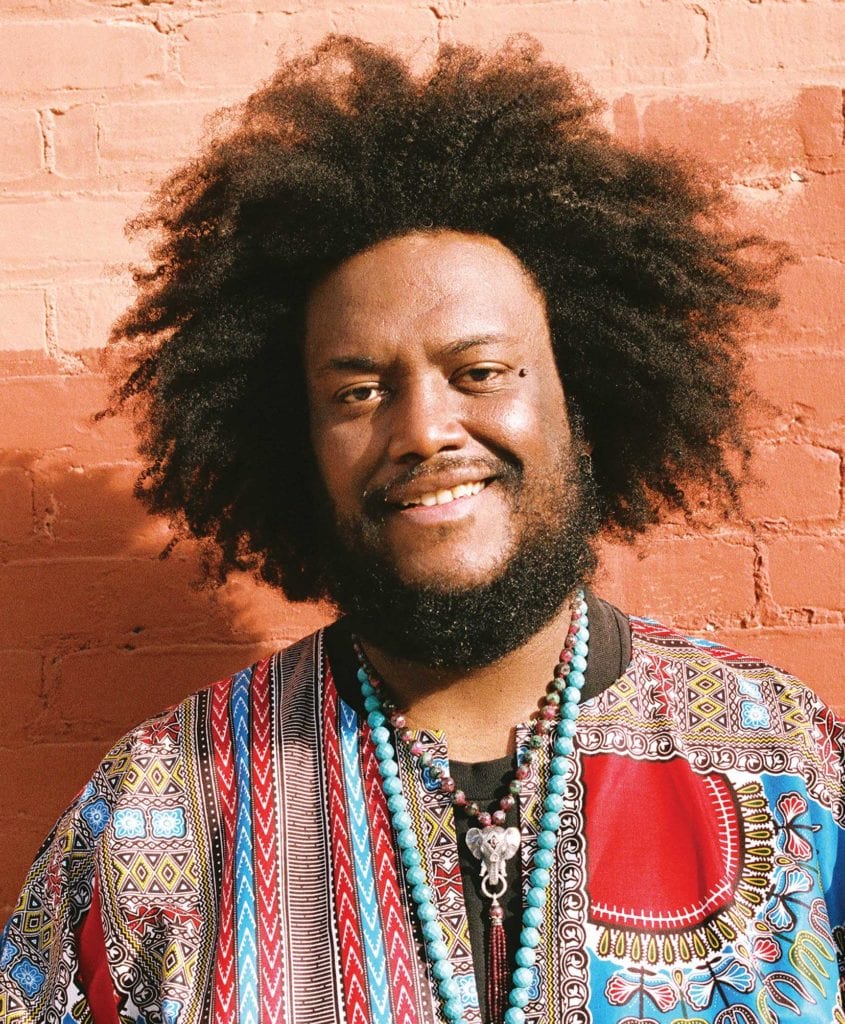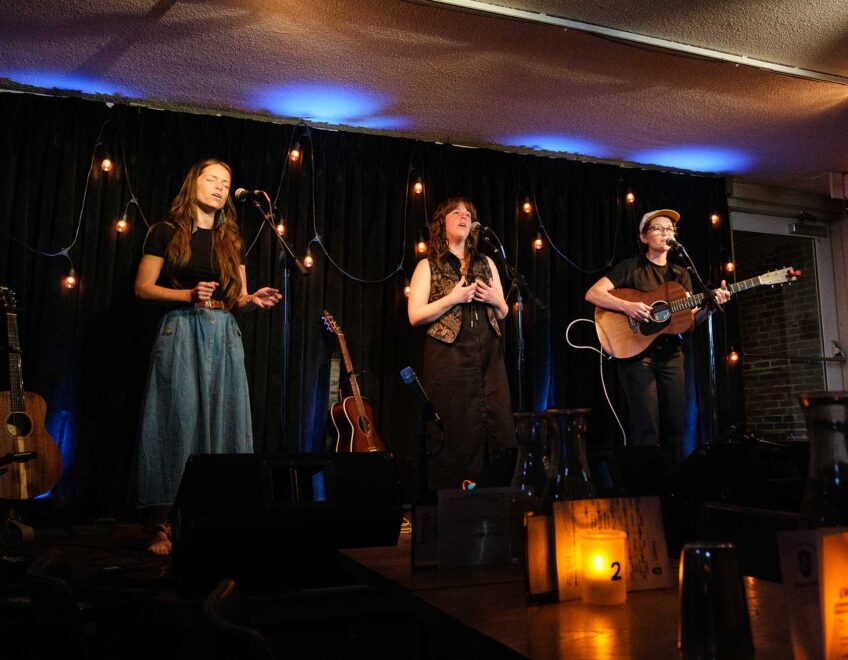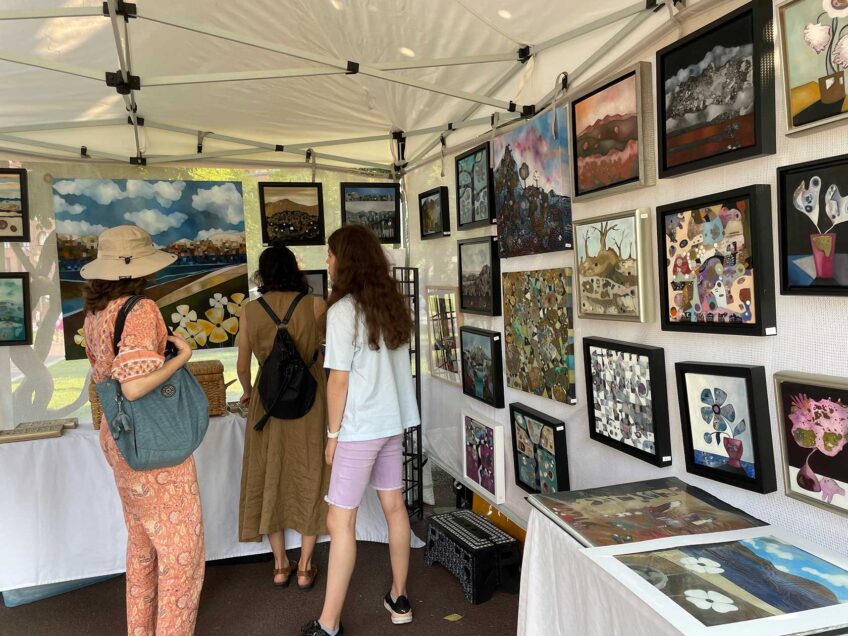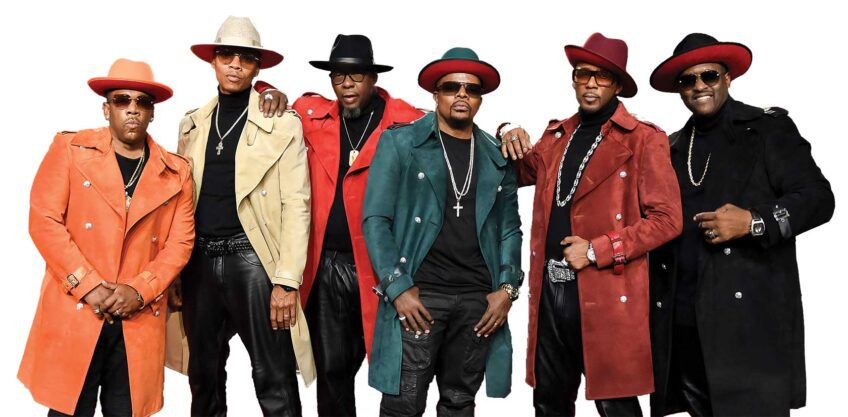
Kamasi Washington, jazz saxophone player out of Los Angeles, is, at only 39 years old, the leading musician of his generation, because his work is fearless, without boundaries and of the highest levels both artistically and politically. “The Epic” in 2015 heralded his arrival, followed by “Heaven and Earth” in 2018. What’s remarkable about Washington is his range: He has performed with Snoop Dogg, Kendrick Lamar and Raphael Saadiq, adding and blending hip-hop with more traditional jazz. He has toured with Herbie Hancock, legendary jazz pianist and composer, and he cites the towering figure of saxophonist and composer John Coltrane as inspirational. Washington performed in the final episode of the Showtime series “Homeland” and did the soundtrack for “Becoming,” the Michelle Obama documentary on Netflix.
The Banner caught up with Washington recently by phone from his home in LA.
You have spoken about mental enslavement. You have said, “Jazz is one of the first recognized inventions we had” to establish freedom from that. Like Bob Marley’s “Free your mind from mental slavery.” Can you say more about that in practical terms?
Long ago, you’re coming out of a time period when African Americans were very much stifled in terms of what they could do with their minds — weren’t allowed to read and write, weren’t allowed other forms of expression. So jazz was what we created and studied and practiced, and it was a huge tool in dismantling African American so-called ‘inferiority.’
The period of 1949-1964 was a kind of “golden age” of jazz — Thelonious Monk, Miles Davis, John Coltrane, Sarah Vaughan, Sonny Rollins, Billie Holiday, Bud Powell and Ella Fitzgerald, among many others. Do you wonder how these individuals could create such beautiful music during yet another horrifying period for black Americans?
It does baffle me at times. Like, how did they sustain their mental health? It was an amazing feat. I think that the music they created was the medicine, what allowed them to survive, and allowed them to be able to cope. It was and is a way to release the pain. You need to release that pain, or it will destroy you. The beauty is in the music, and that comes about a lot through openness and what we create.
You’ve played with Snoop Dogg, Kendrick Lamar and Raphael Saadiq. What influence do these artists have on you, and you on them?
Whoever you work with has their own language in music, and I think of the genres as dialects within the languages, all of which are related. Like Portuguese being related to Spanish. So I try to learn the dialects of the musicians I work with and discover the gems and secrets in each one. Then, too, working with hip-hop and R&B musicians, they are in a pocket, and what I bring to their music is a moment of release. That happened with Raphael Saadiq when he had me take a solo — that release. The thing is: Musicians like Snoop and Raphael, they love jazz! And you know? Even James Brown thought of himself as a jazz musician.
You’ve spoken about the power of John Coltrane. What might you say are the elements of that force? And for those familiar with you but unfamiliar with him, where best to begin in listening to Coltrane?
Coltrane puts so much of his spirit into his music. Once you get it, what he’s doing, it’s so powerful — in every measure, every chord. You could spend a lifetime in one song. It’s almost like the night sky with the stars: Each time you look, it’s different. So much concentrated in his music. As for where to begin? I always tell people, there’s no right way to do it, just start on your journey. For me, with Coltrane, his work from the mid-1960s was what thrilled my heart — the music he did in 1963 spoke to me first.
I know that you are really intrigued by sci-fi and futuristic imaginings, which is fascinating because it suggests the possibilities of moving beyond what is to what will be. How is your music part of that evolution?
I’m always trying to tap into the full spectrum. Part of my mind focuses on science, science fiction, physics, and their connection to music. These are all connected to one another. And music has a way of unlocking the way, of creating stories, providing directions. Music takes an idea, for example, and helps express it. Music lifts the fog.
The Guardian reviewed “Heaven and Earth,” and said that your appearance on Kendrick Lamar’s album “To Pimp a Butterfly” established you as “the jazz voice of Black Lives Matter, in a grand tradition of jazz as black protest.” What does that even mean? Isn’t it hard enough to be a black musician in America without that designation?
To me, what we’re seeing now with the Black Lives Matter movement is a movement of equality. It’s not one person. It’s not one black life. Black lives matter — there are millions and millions. My music is representative of Black Lives Matter, but I’m not the only one. Where you are, what you’ve been through — it’s going to come through in music, not “the” one person. It’s not exclusive. Music opens our hearts and connects and unites us. The reality is that we are all extraordinary.
For youth who are, say, between 16 and 30 reading this, experiencing dystopia or negativity, what in music addresses this? This goes back to freeing your mind.
One of the biggest drawbacks of the quarantine is the social distancing. The isolation. In prison, the worst thing they do to an inmate is put them into solitary. We are a social species; we are meant to interact with one another. This time is unique and unprecedented. To the youth, I know and am sorry that the time is lost. You can’t get the time back, it’s like a waterfall. They are missing out: senior year of high school, other important experiences. I can say to those kids: While you didn’t have a lot of freedom, you have time. Use that time and ask yourselves: “What do I want to have? What do I want to do? What am I looking for?” Nothing can stop you from achieving your goal. Your course can be altered, but all life is the goal. If the road is closed? Take another road, you don’t know what you’re going to find there. Keep an open mind.







